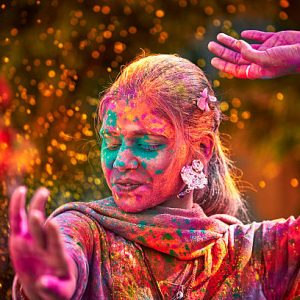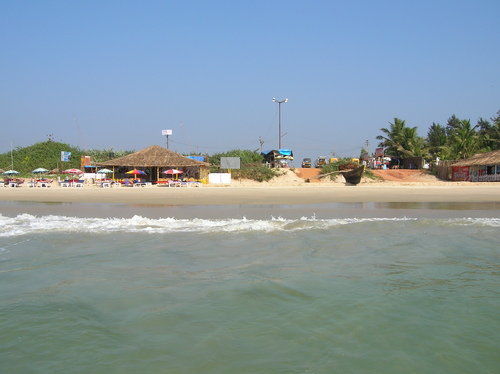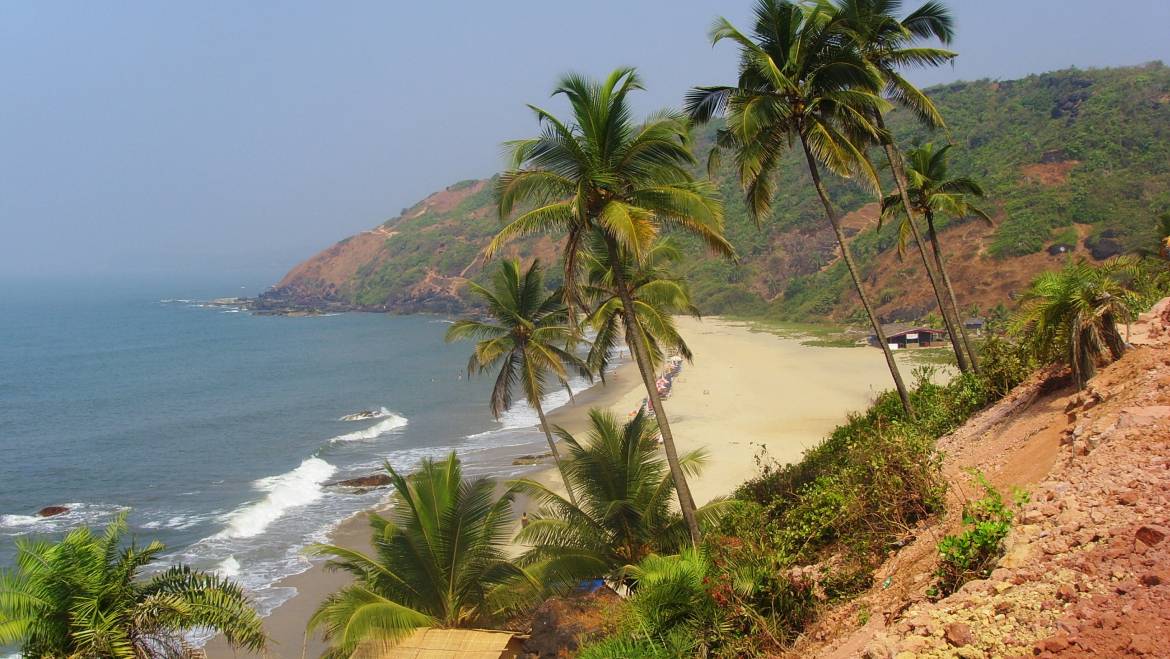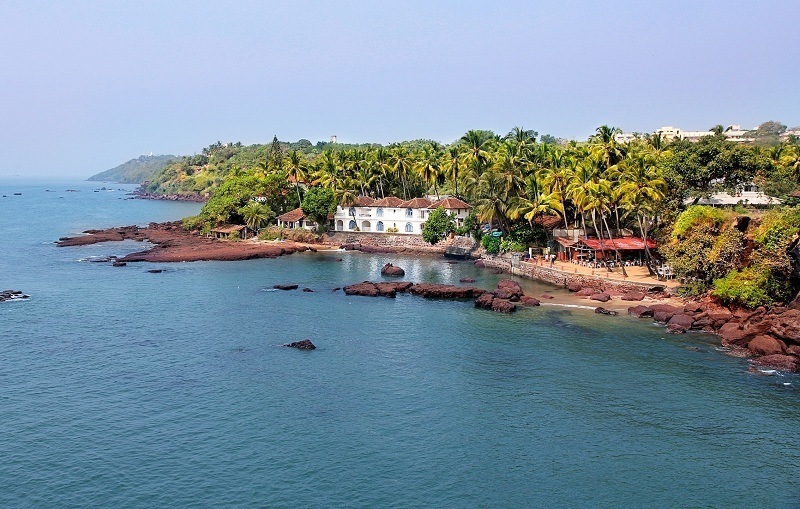When in Rajasthan, you should take some time out for visiting the famous Shakambari Jheel near Jaipur. This salt water lake is also known as Sambhar Lake, and is the largest inland salty lake in India. Surrounding this lake is the historical Sambhar Lake town. Shakambari Jheel receives water from a massive endorheic basin that extends more than 5000 square kilometer. The depth of the lake varies from 60 centimeter to 300 centimeter, making it the source of tons of clean salt. You will be awed by the dimensions of this huge lake that has a length of 35 kilometer and a width ranging between 3 and 11 kilometer. Don’t forget to take your camera and capture the magnificence of this natural wonder.
It’s a nice spot to chill out during vacation. From October to March is the perfect time to visit Sambhar Wildlife Sanctuary and the lake. Try to travel to Sambhar between June and September to avoid the monsoon season, when you won’t see much wildlife and can’t hope to see any salt production.
For those looking for a one-of-a-kind outdoor experience, Shakambari Salt Jheel offers the chance to take in the great expanse of the animal sanctuary and observe the magnificent Salt Lake scenery. In deep jheel, be wary of the mudd; you could get trapped, but the feelings are terrific.
Shakambari Jheel
Sambhar Salt Lake is India’s largest ephemeral salt lake, located west of Jaipur in Rajasthan’s east-central region. It is a valley in the Aravalli Range with an area of around 90 square miles (230 square kilometers). It is a land whose geography has changed the landscape of its history. The Mughal emperor Babar saw how rainwater running into the Sambhar lake in Rajasthan became salty due to capillary forces produced by evaporation pulling up salt from subsurface deposits centuries ago.
Shakambari Jheel famous facts
The Sambhar Salt Lake is India’s largest salty lake and the major source of salt in Rajasthan. It produces 196,000 tonnes of clean salt per year, accounting for about 9% of India’s total salt supply. It gets its name from Shakambhari Devi, the Chauhan clan’s Goddess, whose 2500-year-old shrine is 28 km far. Near the lake is a temple dedicated to Devayani with a pond. The water for the Shakambari Jheel flows from a massive endorheic basin that covers 5000 square kilometers.
How to reach Shakambari Jheel
The Jaipur airport, which is located in Sanganer, is 118 kilometers from Sambhar. The airport is well-connected to all major domestic and international airline routes in India. Many kinds of transportation, such as buses and taxis, can be used to get to the Shakambari Jheel from the airport. The nearest train stop is Sambhar Salt Lake station, which is also accessible to the Jaipur Railway Station. Sambhar is well connected to all adjacent towns by road.
Shakambari Jheel hotels
There are a number of hotels near the Shakambari Jheel where you can stay comfortably during your journey. Many travel site agents offer a diverse selection of hotels from which to choose. You can book hotels online at member prices, which might save you 10% or more.
Ramsar site Shakambari Jheel
Because the wetland is a vital wintering refuge for tens thousands of flamingos and other birds migrating from northern Asia, it is a Ramsar site. The Government of India and the Ramsar Bureau designated Sambhar Lake as a Ramsar Site in 1990, and the Bombay Natural History Society (BNHS) and BirdLife International classified it as an Important Bird Area (IBA) in 2004.
Shakambari Jheel Camping
The months of October to March are optimal for camping near Sambhar Lake. The monsoon season seems to last from June to September, and you won’t be able to view any salt production or see any wildlife during this time. As a result, it is recommended to visit at any time of year aside during the monsoon months.
Shakambari Salt Museum
The Salt Museum, located near the Circuit House, showcases samples of salt from all across India. The museum is housed in a British-built colonial platform. Over a century has passed since the museum was founded. In front of the museum is also a map of the ‘Sambhar Lake Water Sources,’ although it is in dire straits.











8 Comments
Comments are closed.